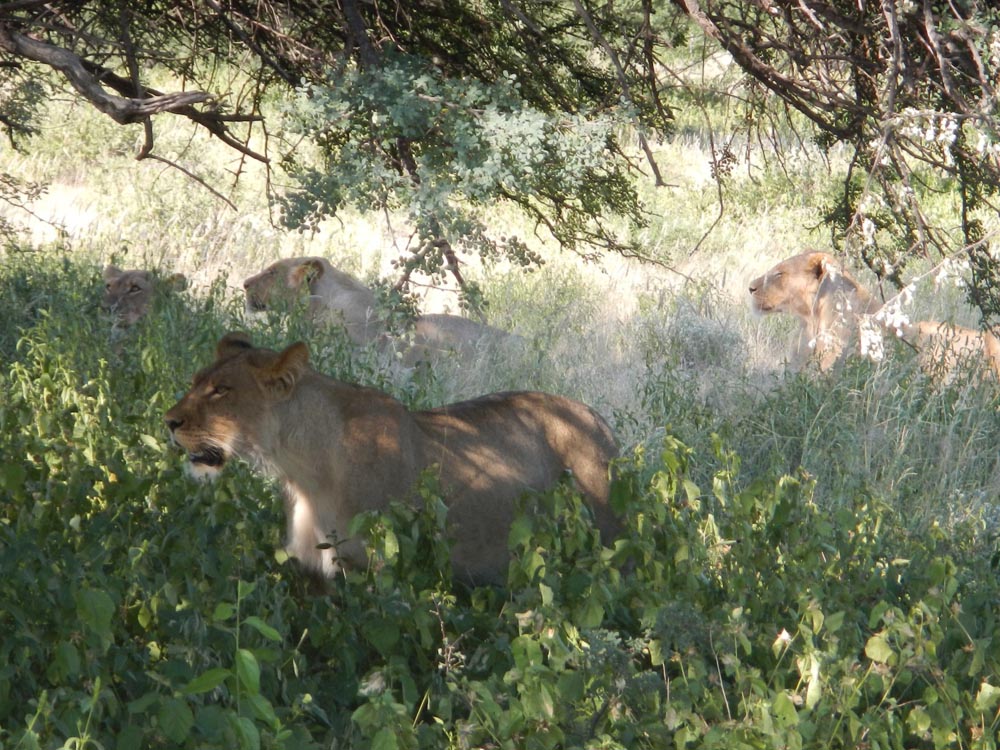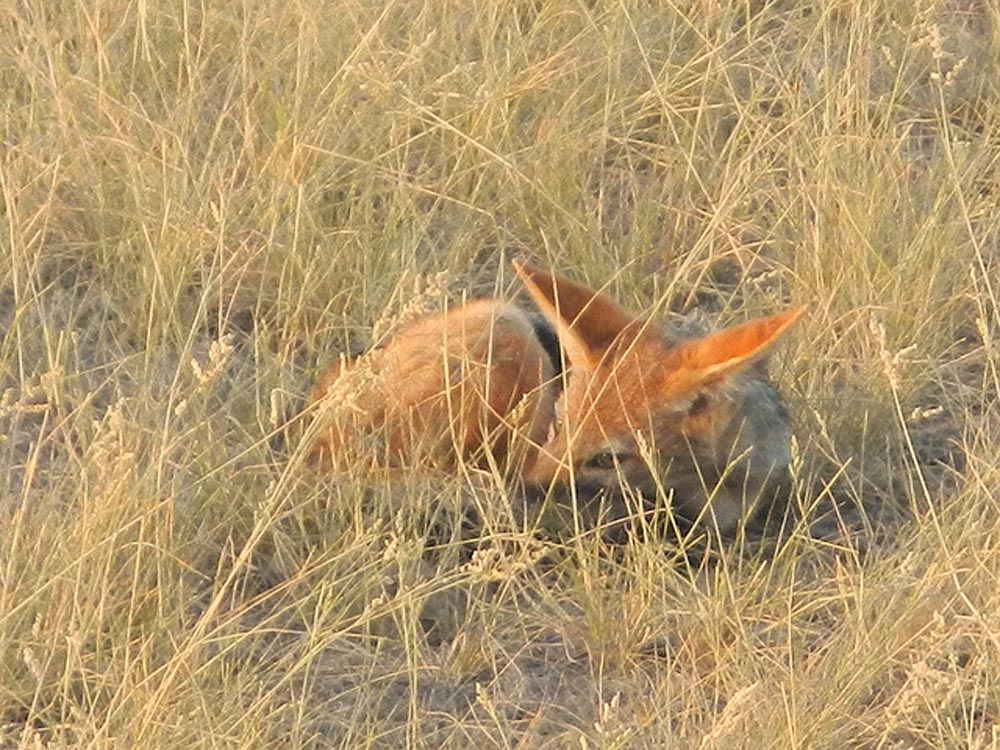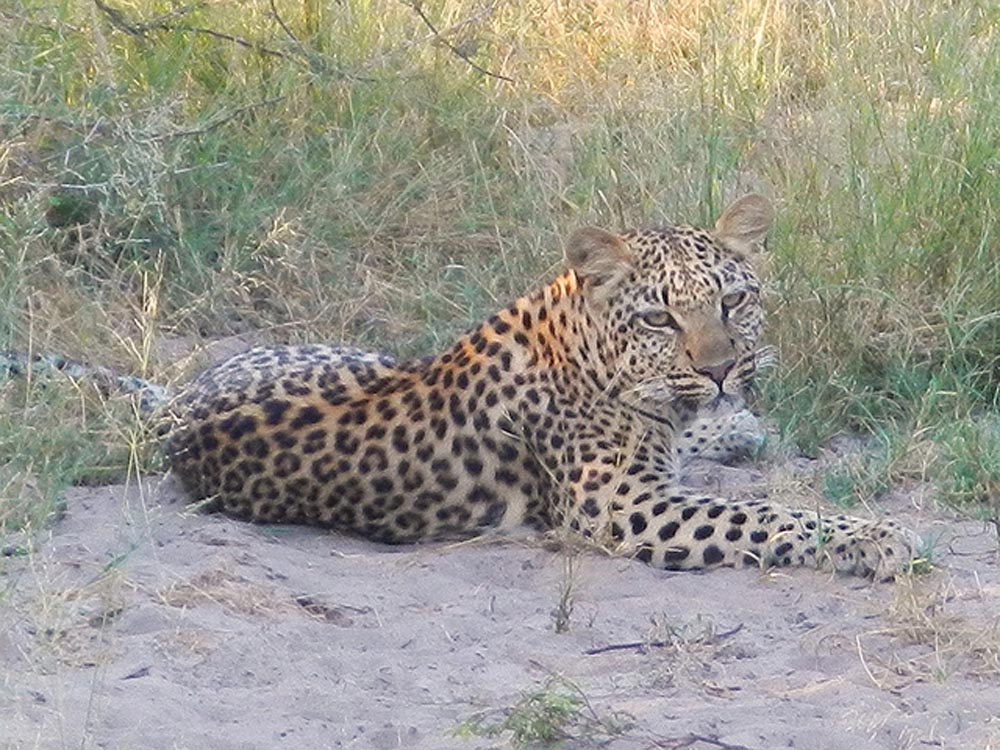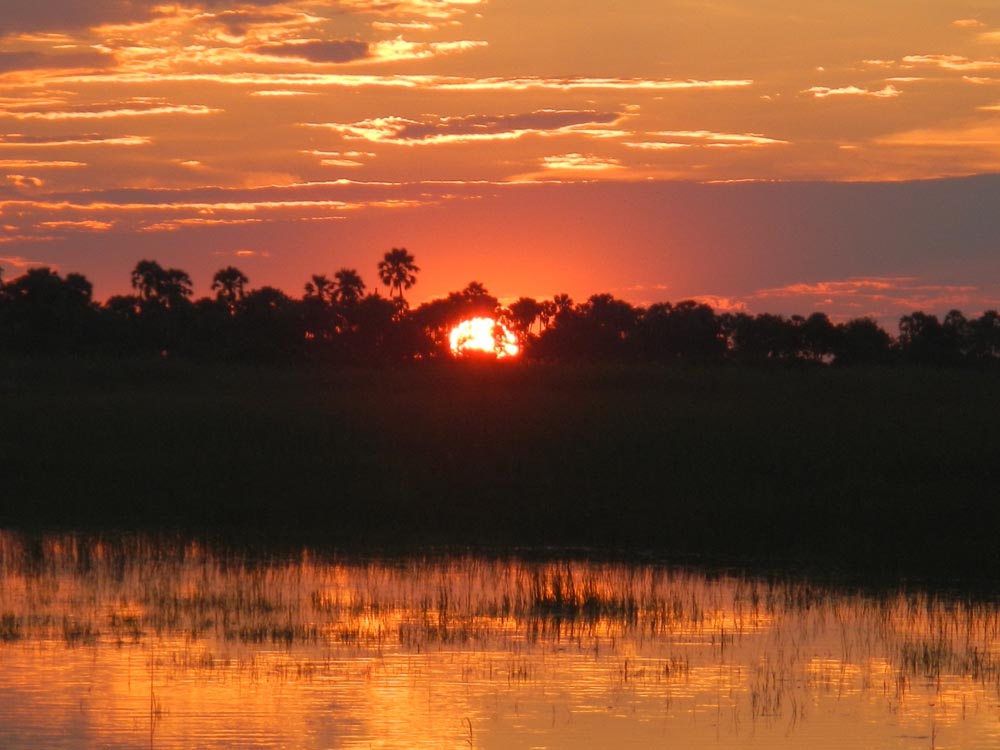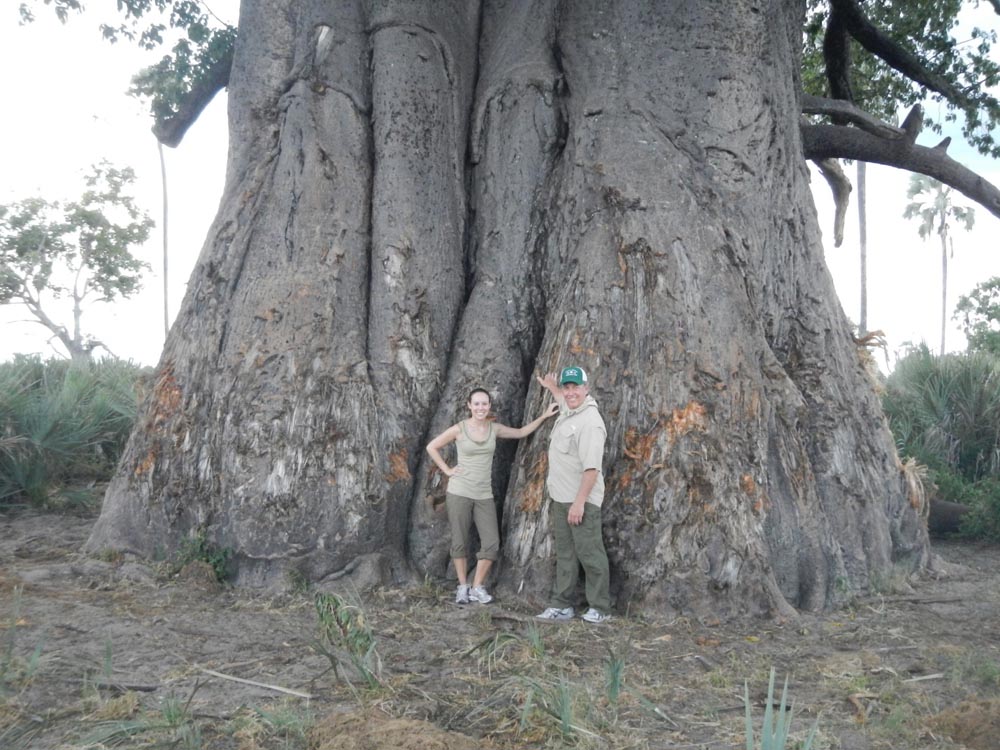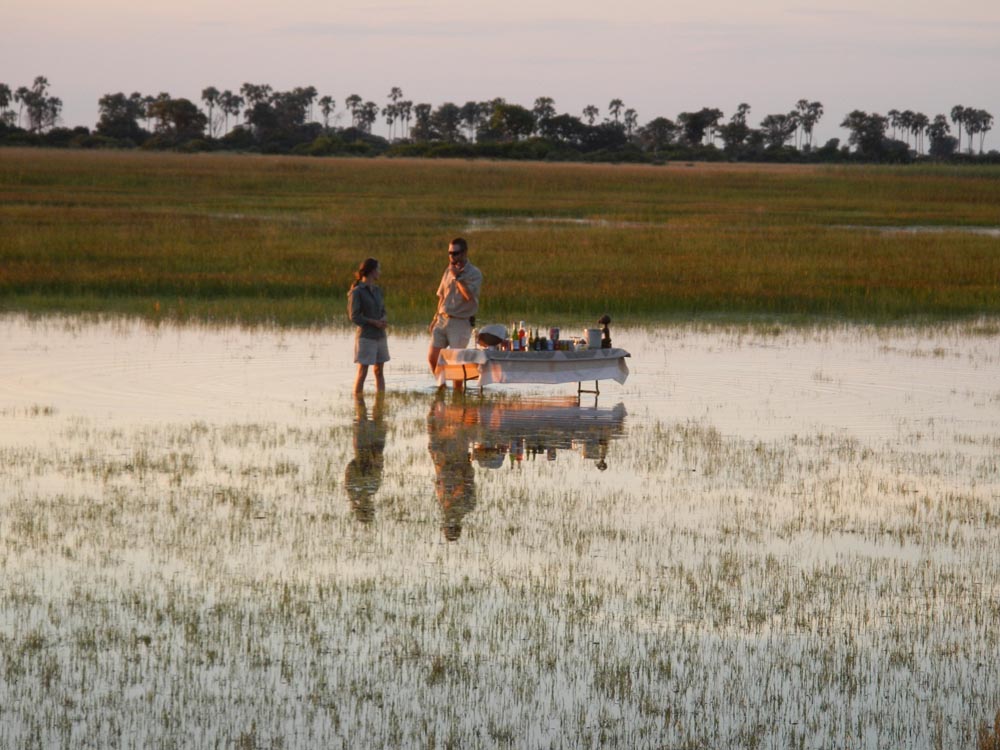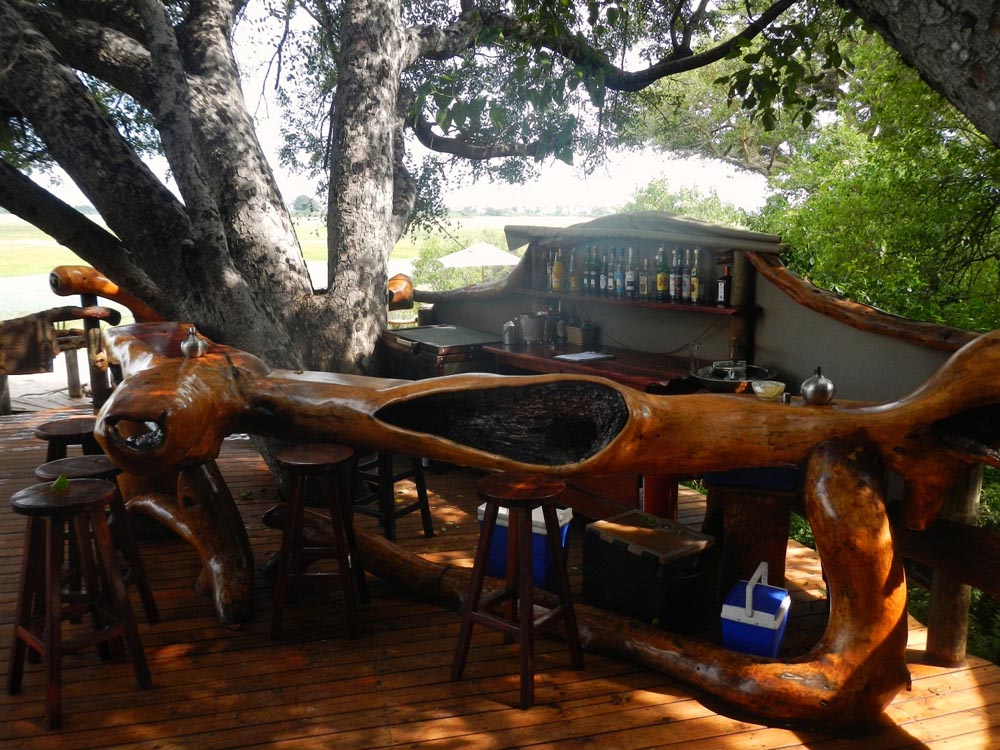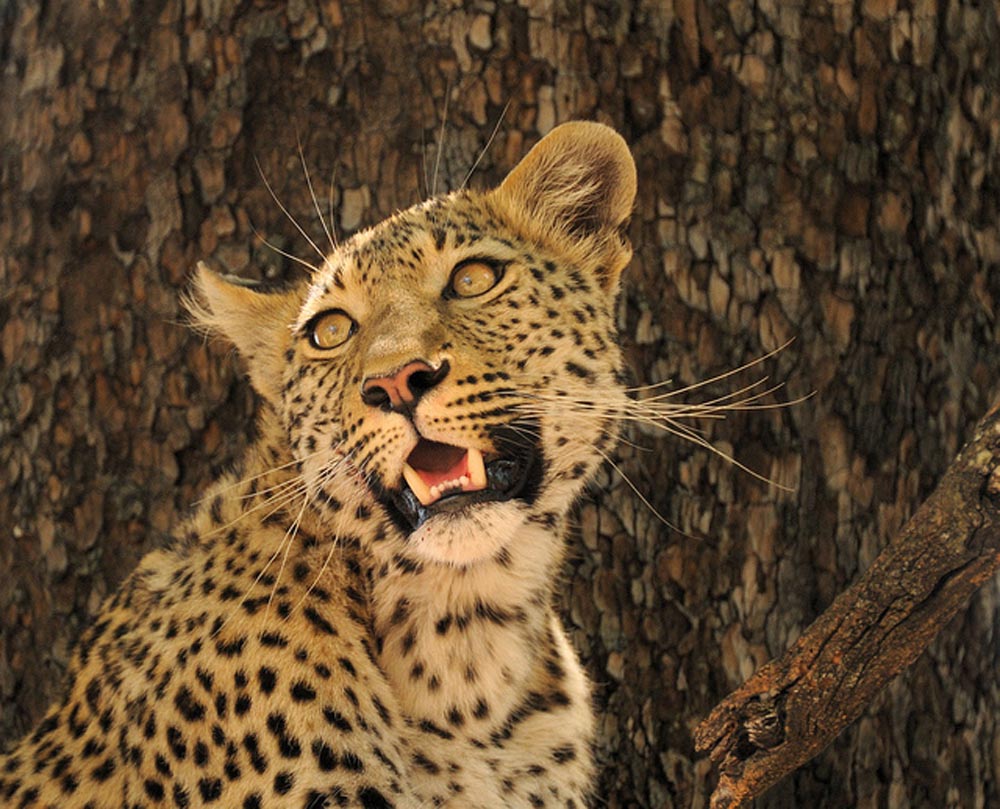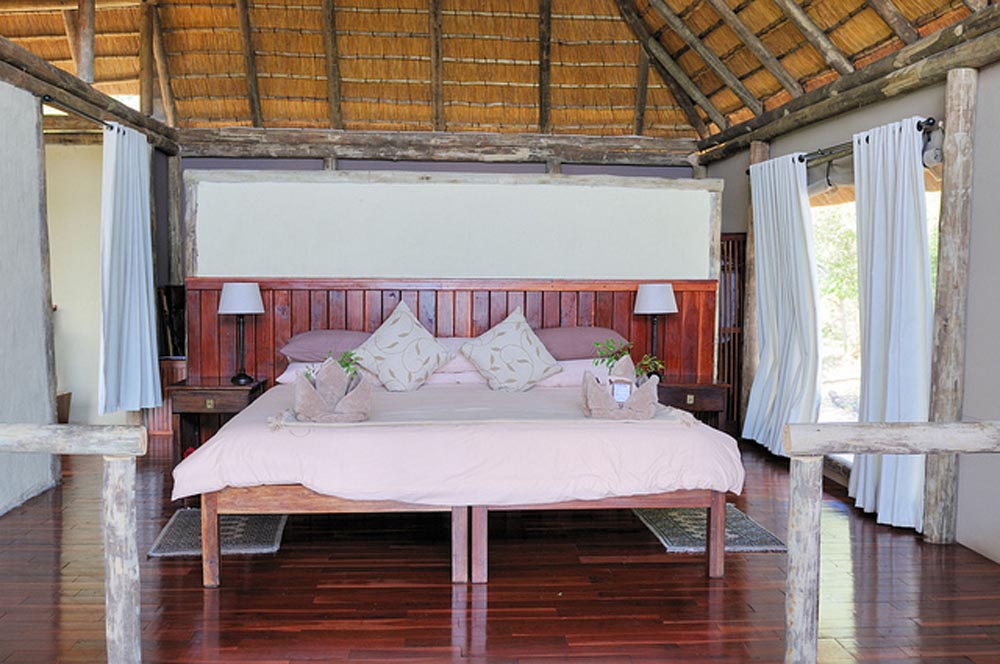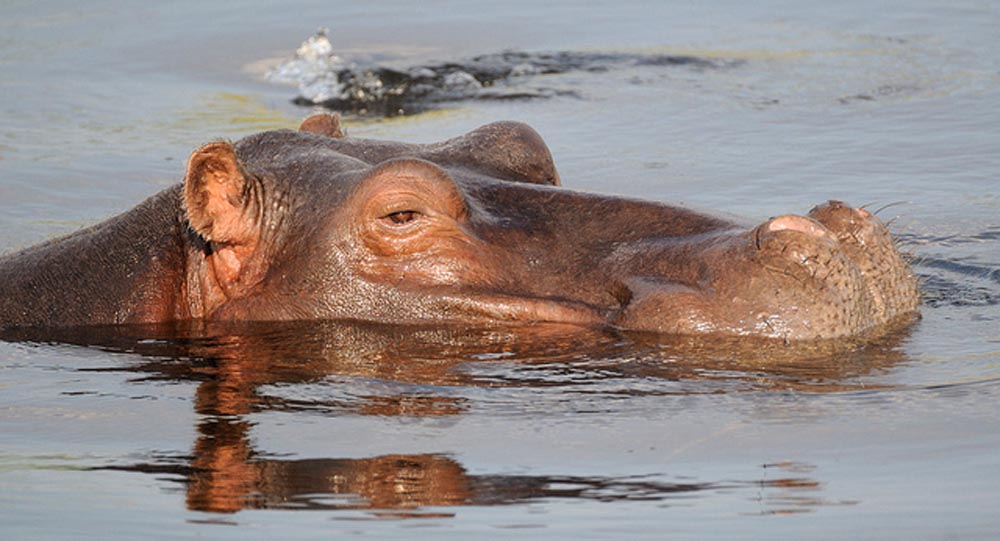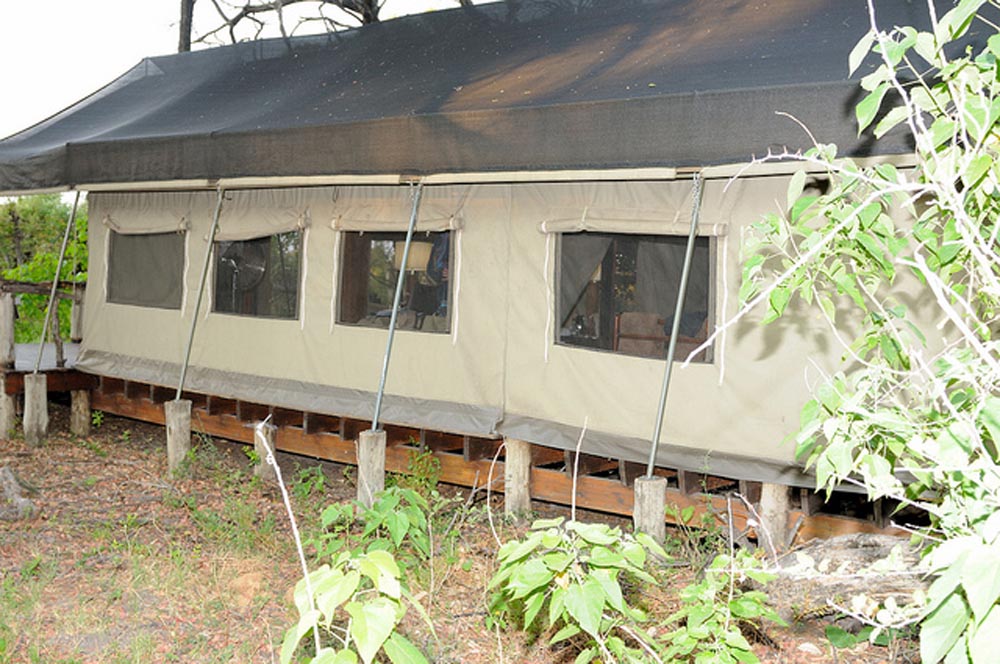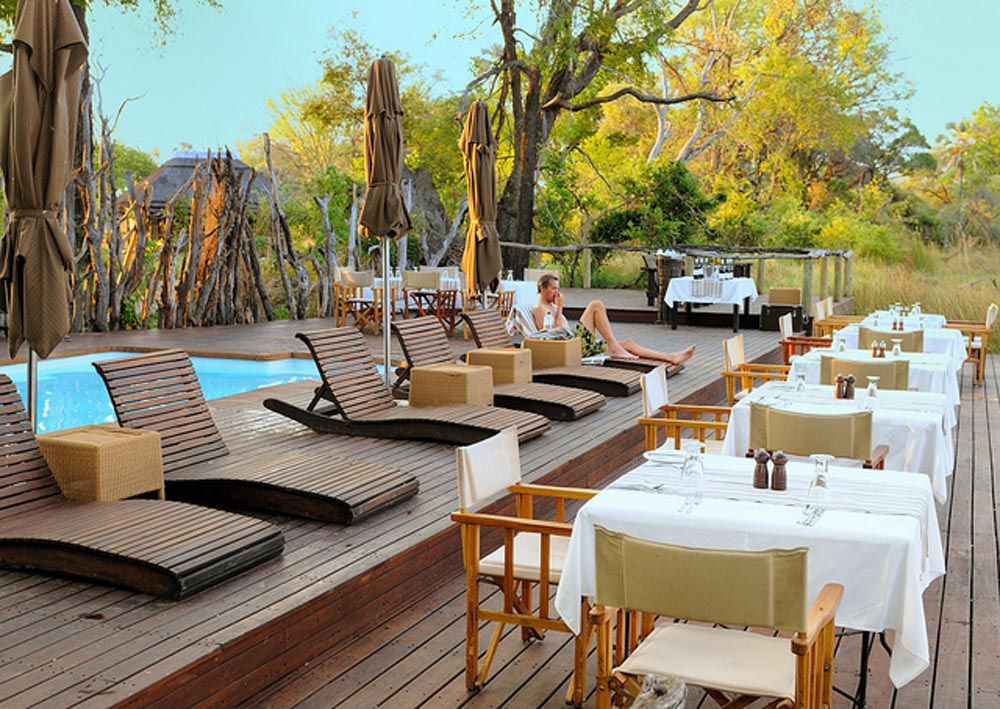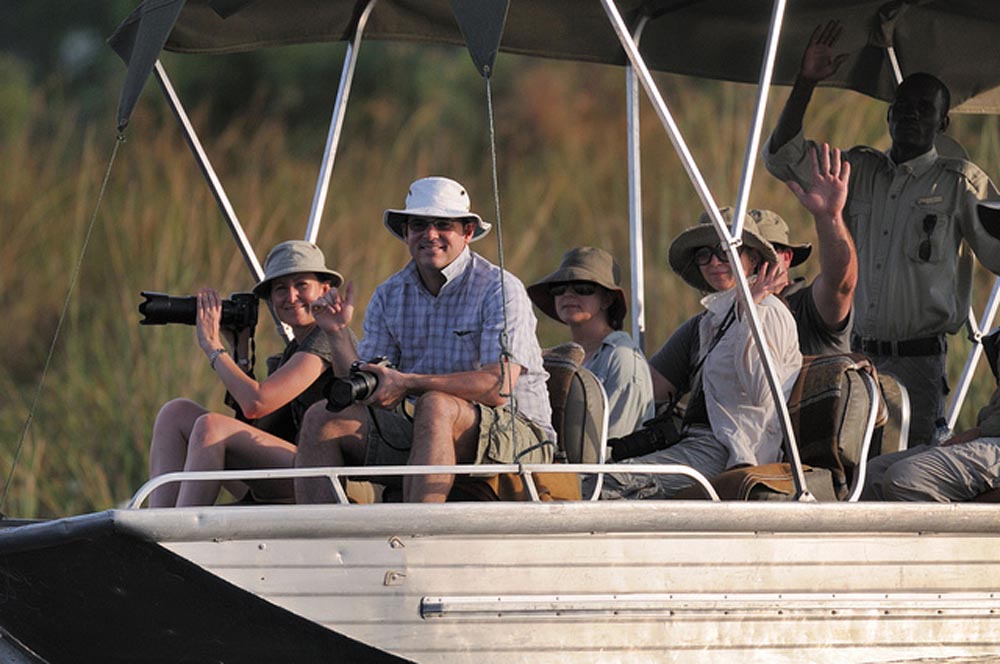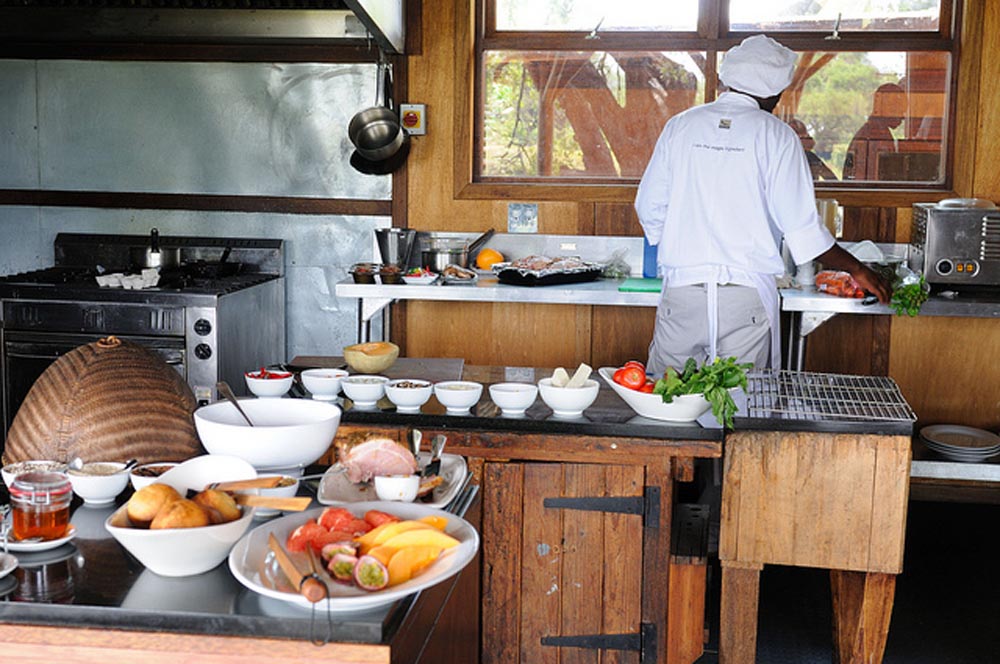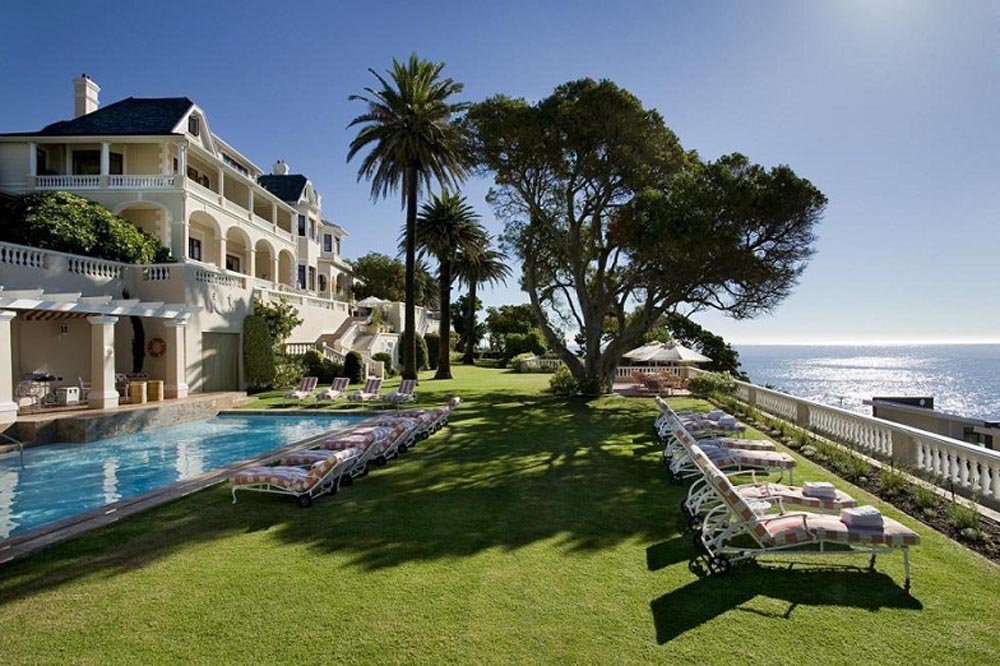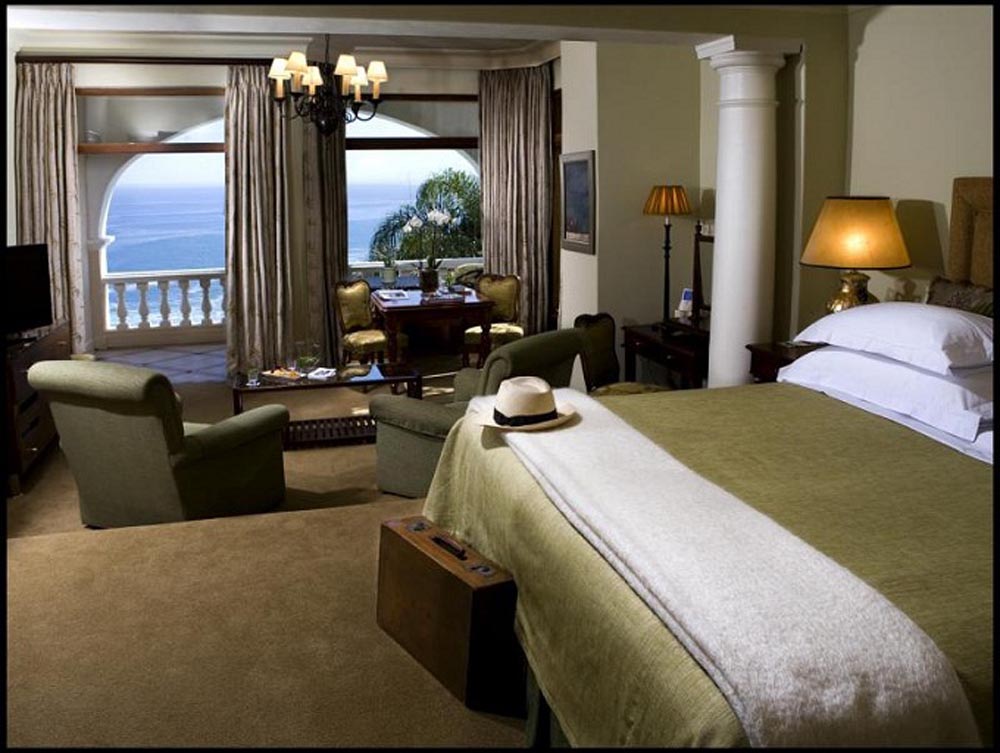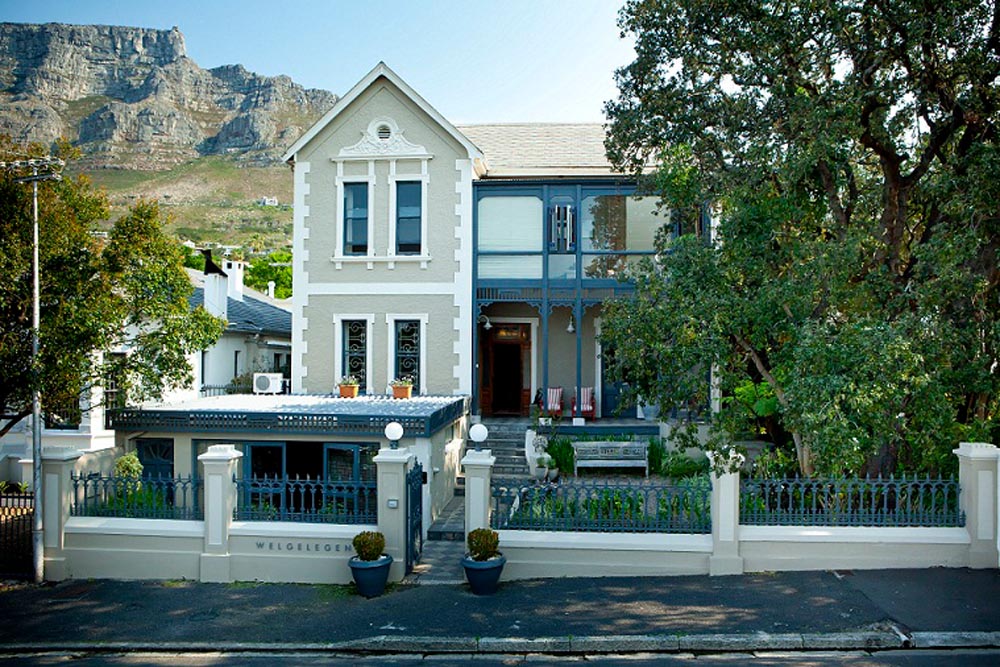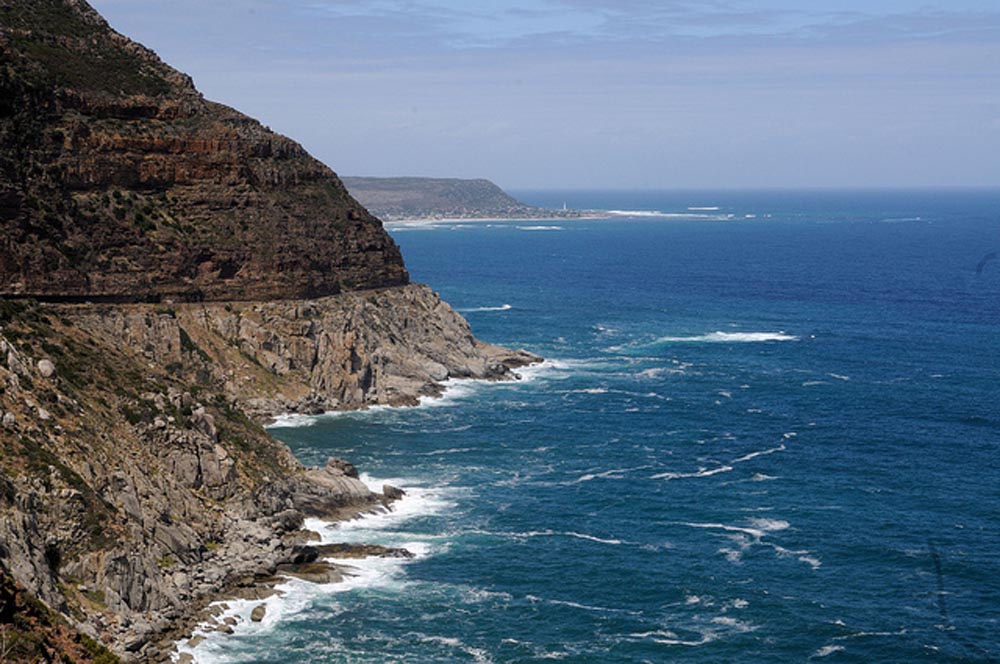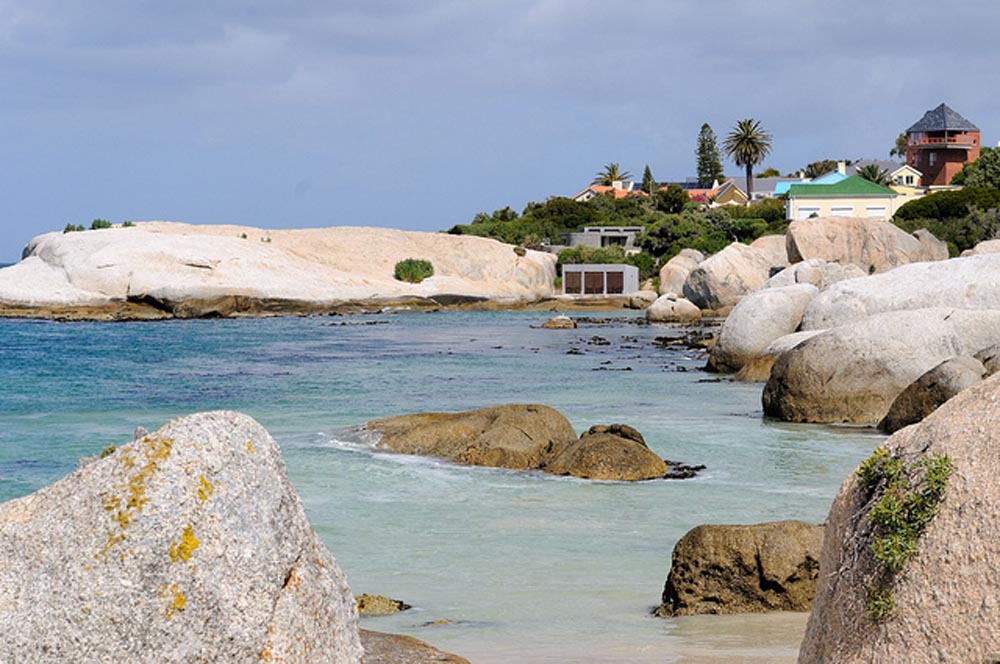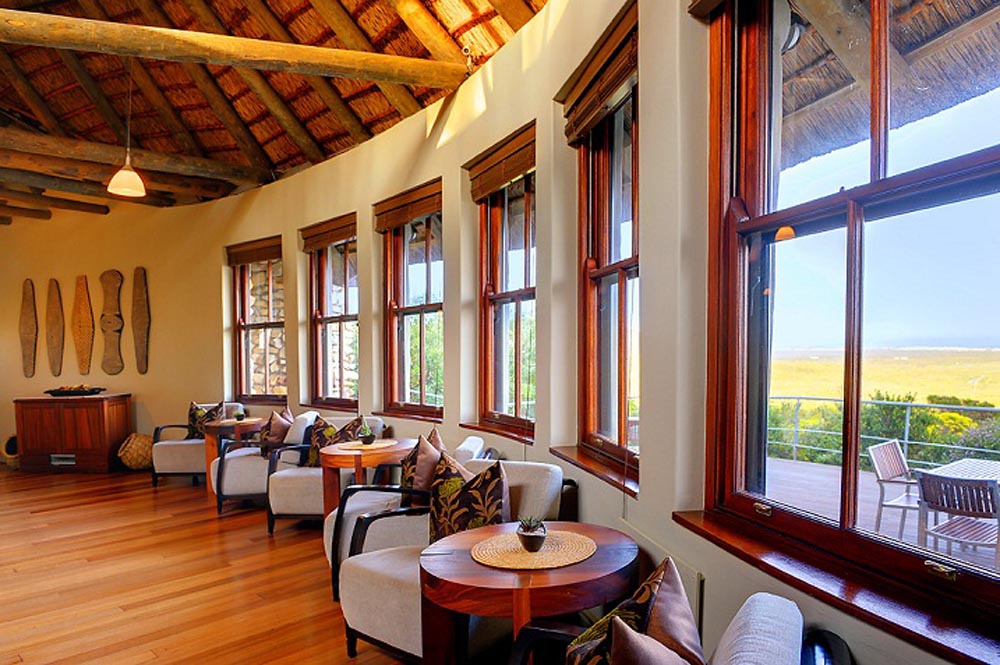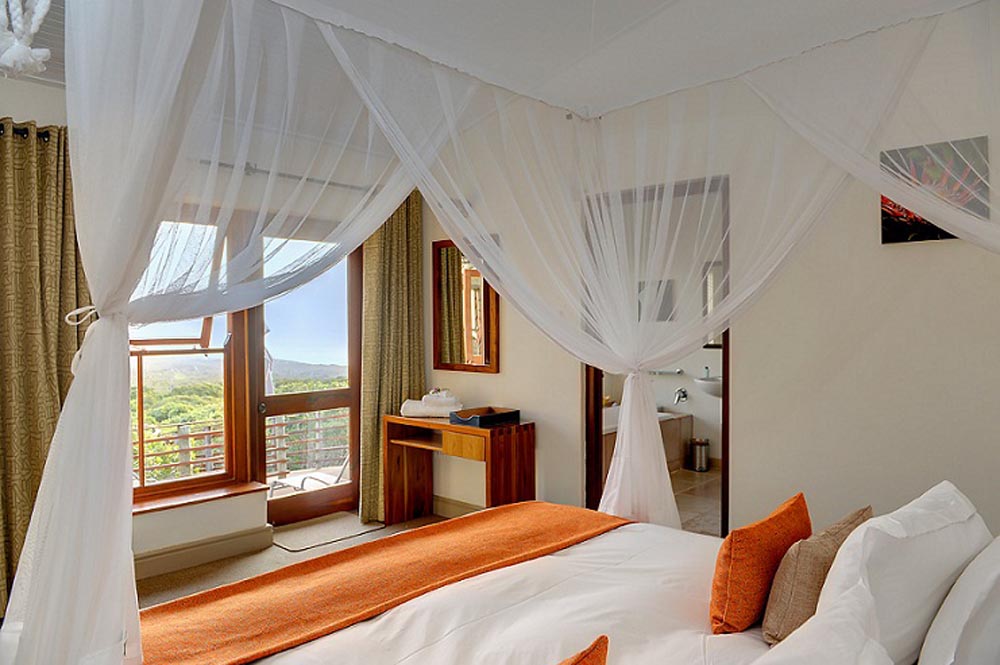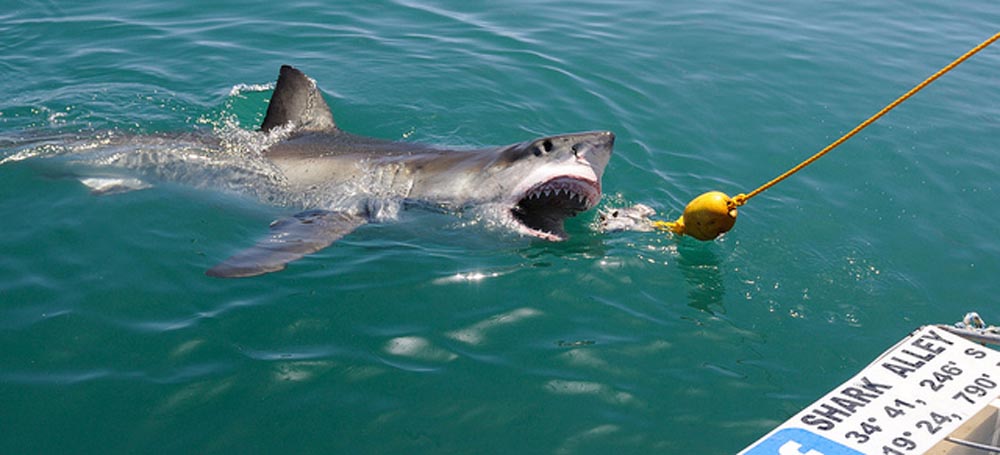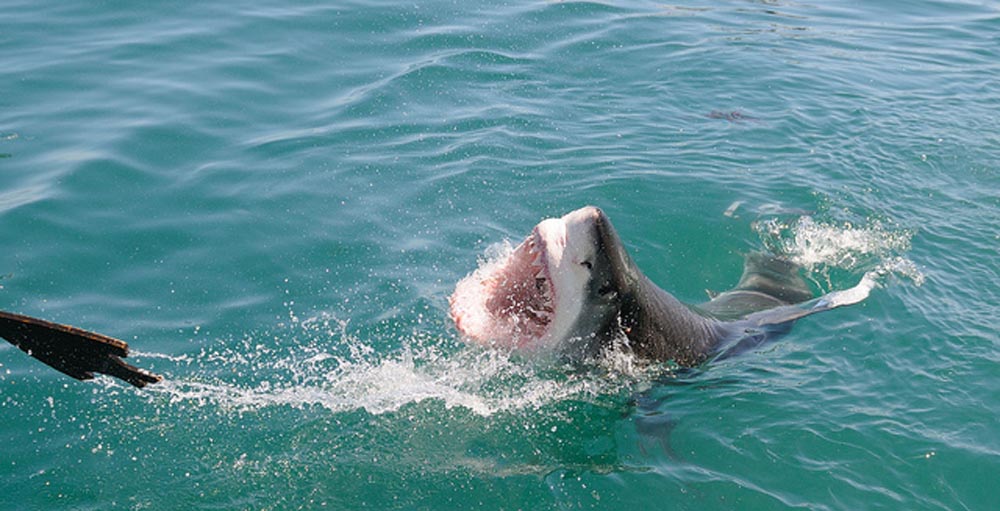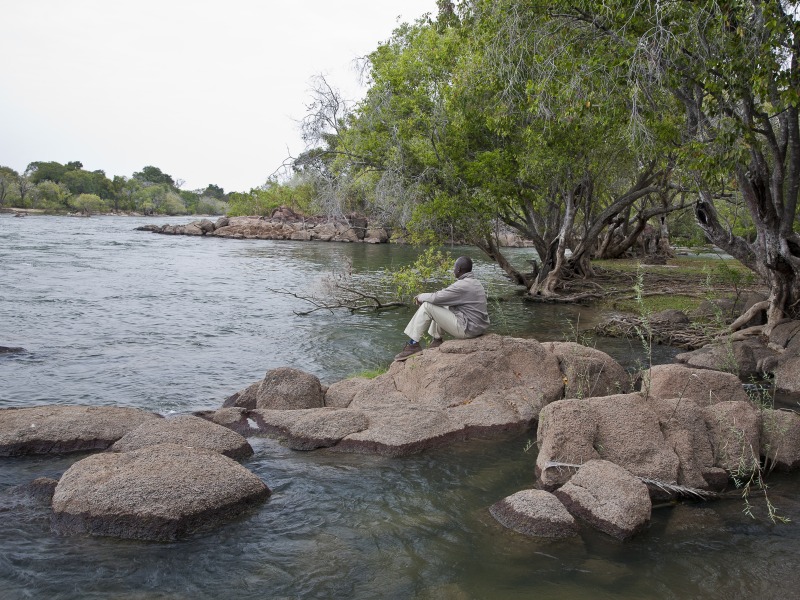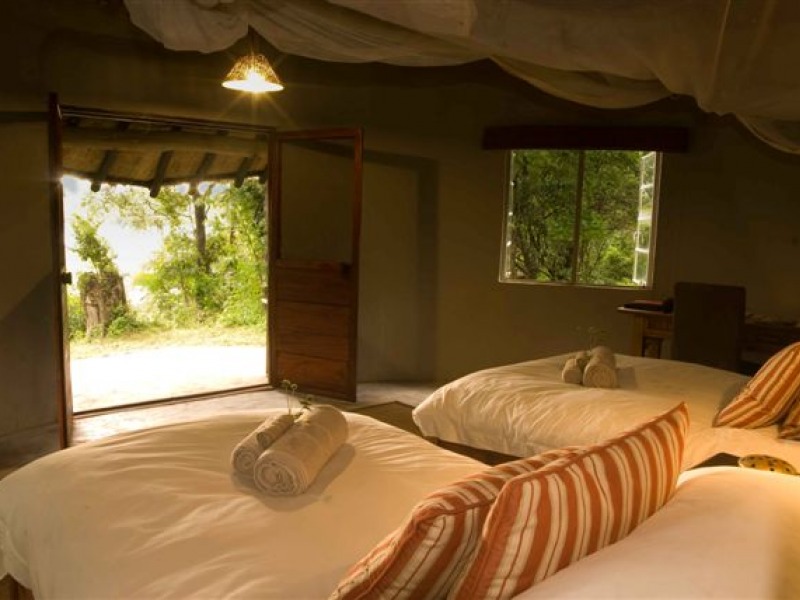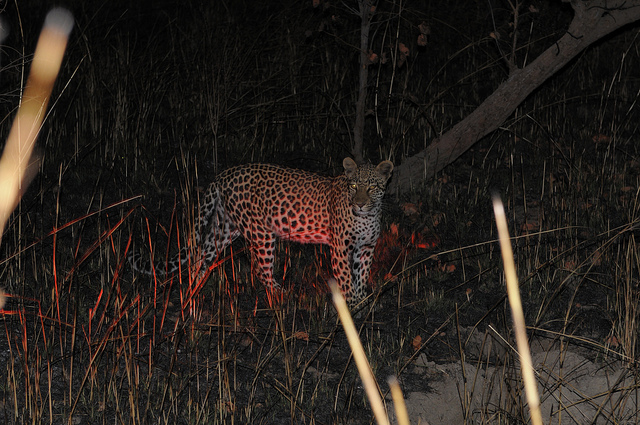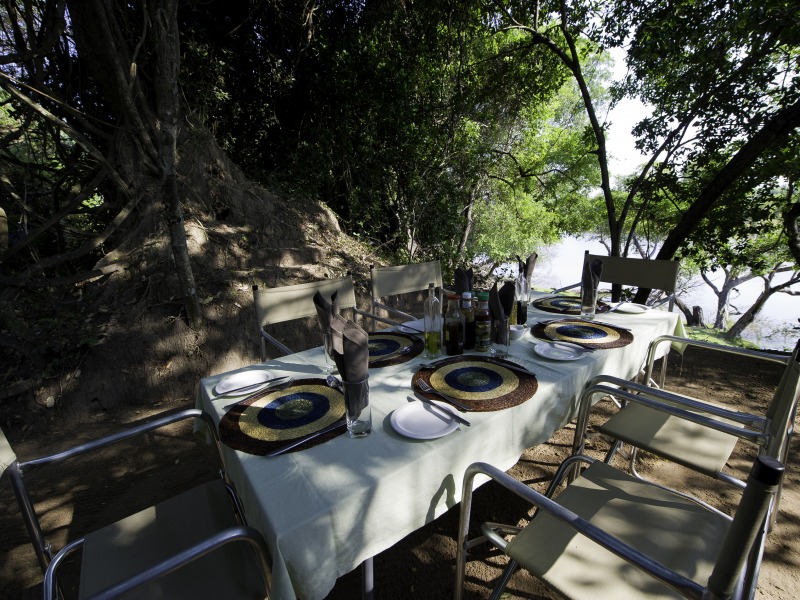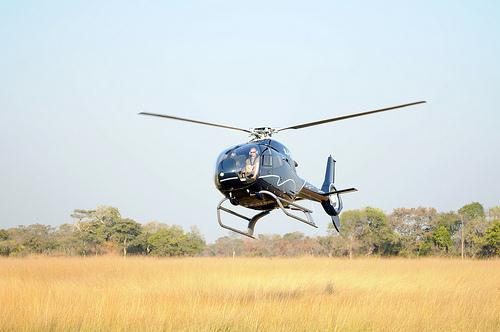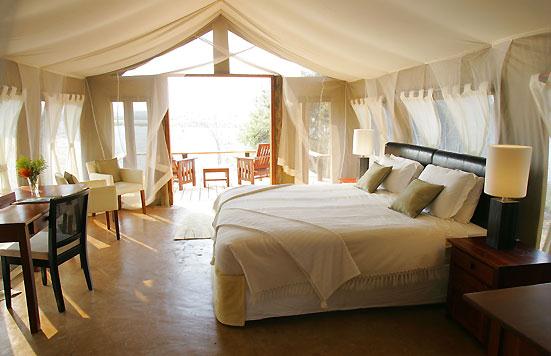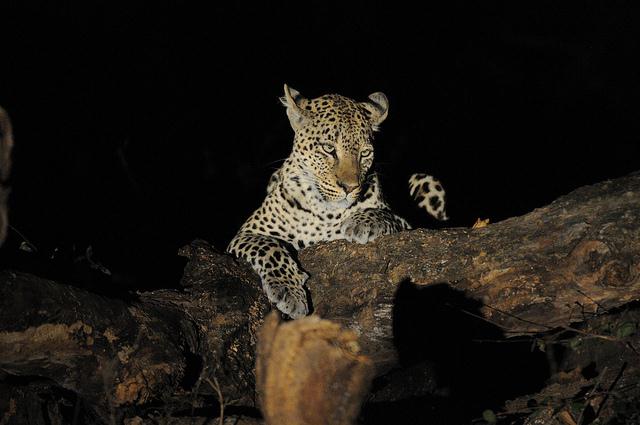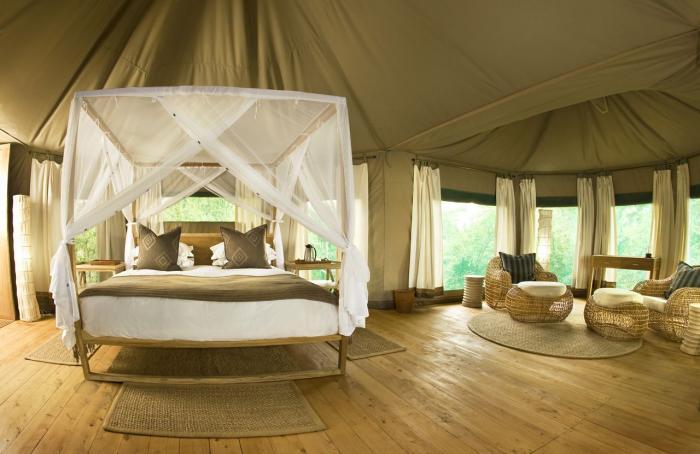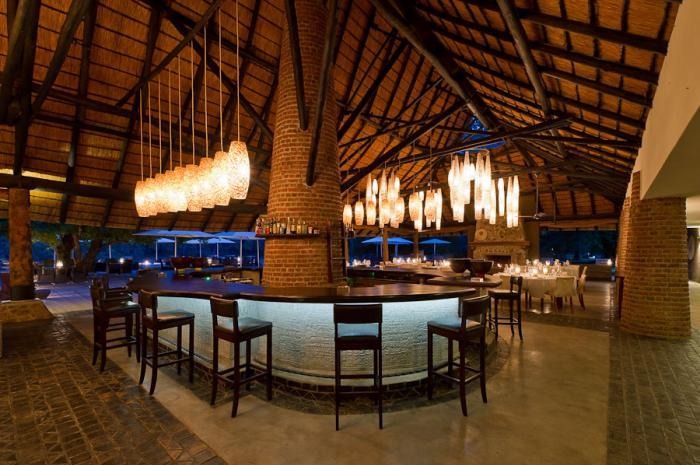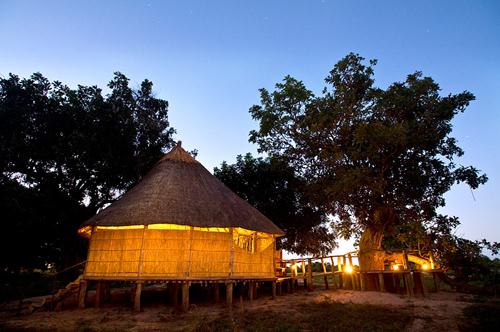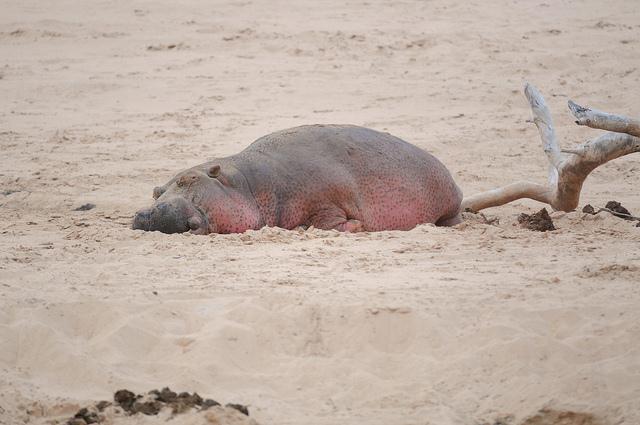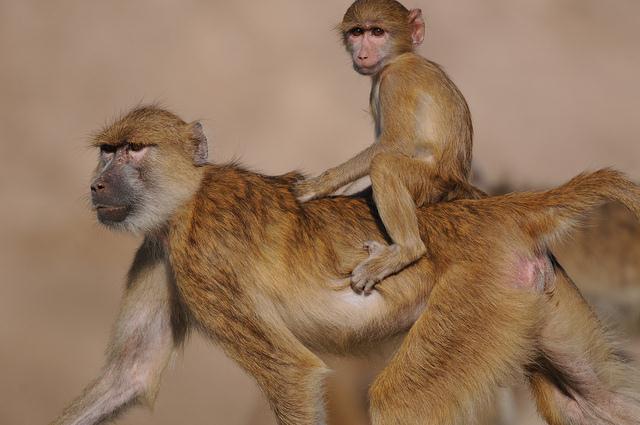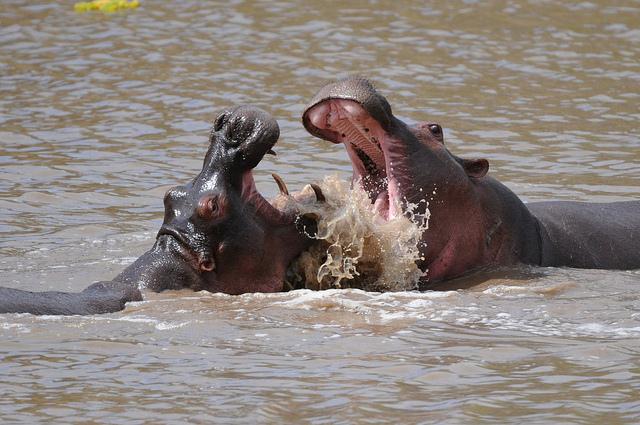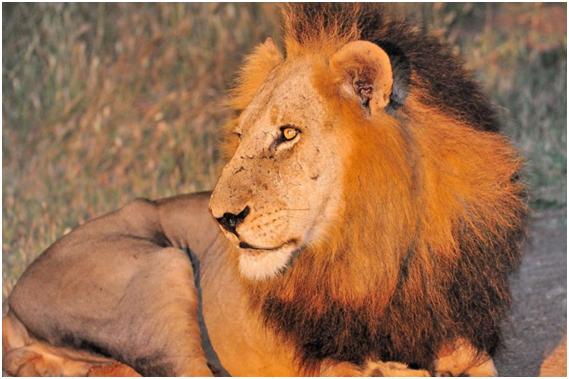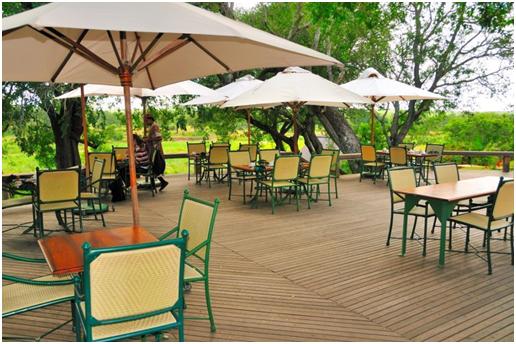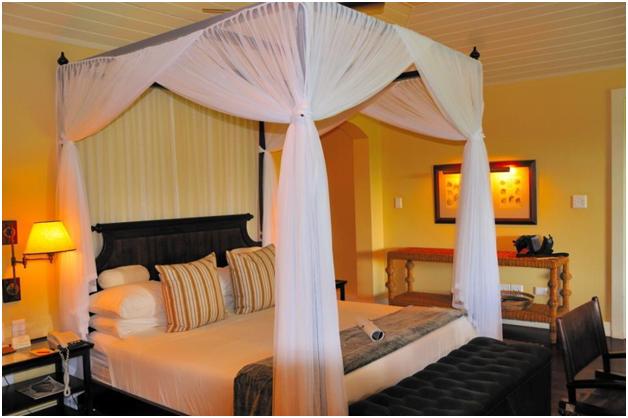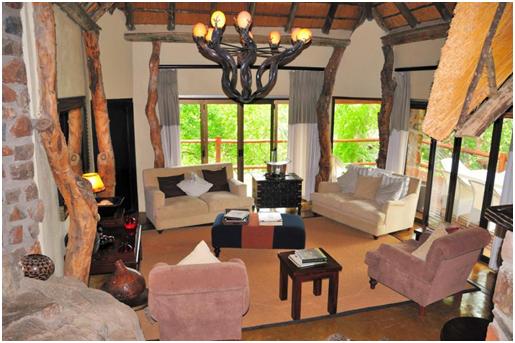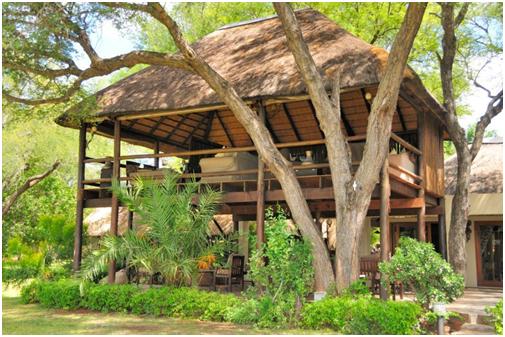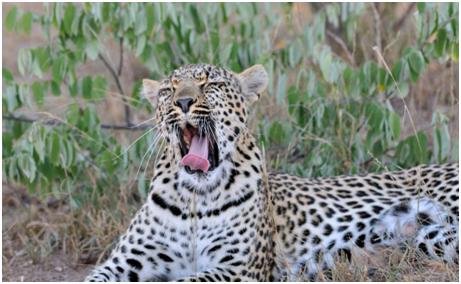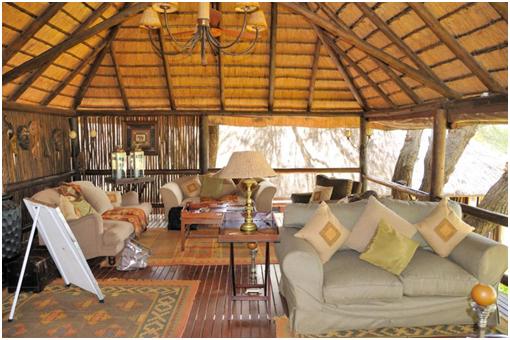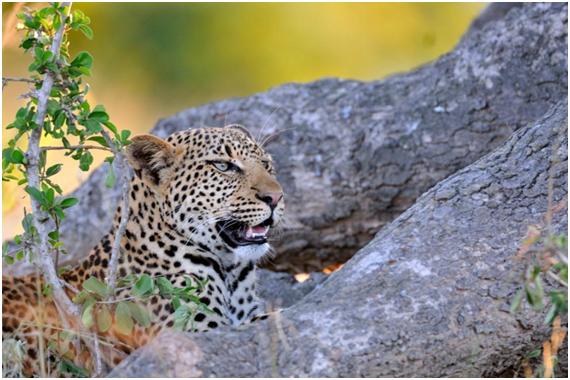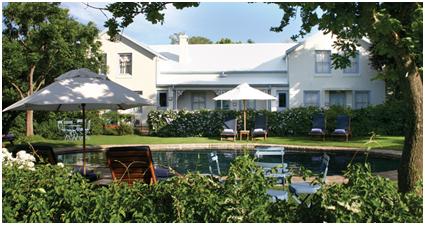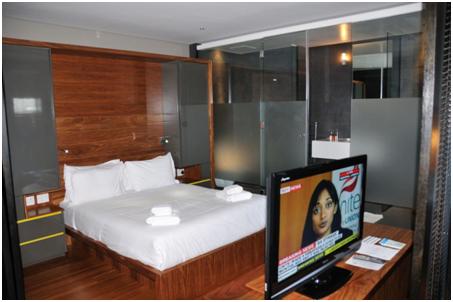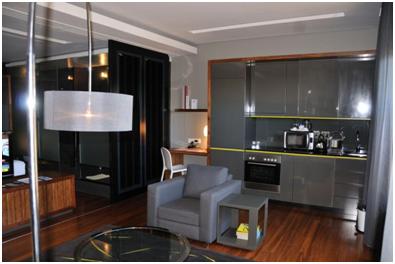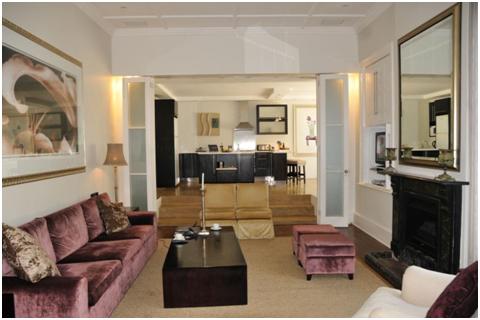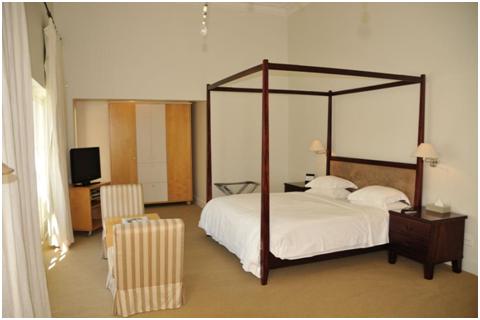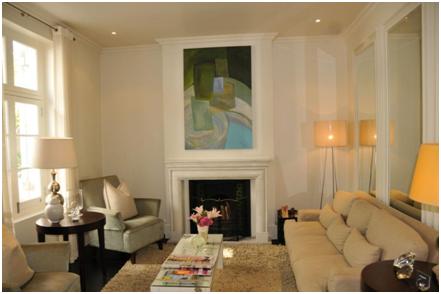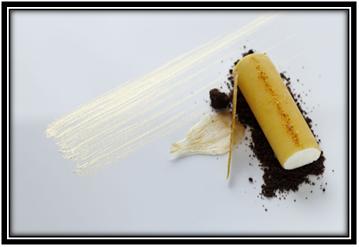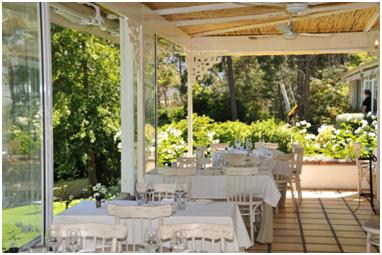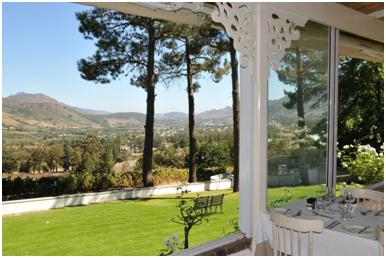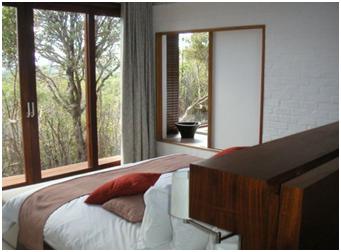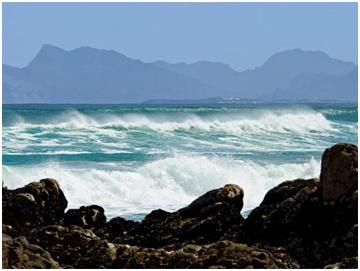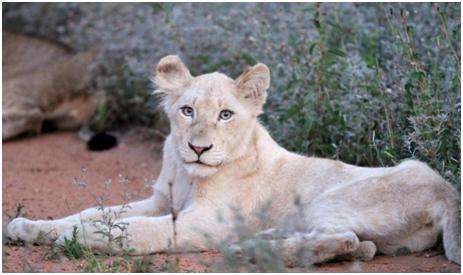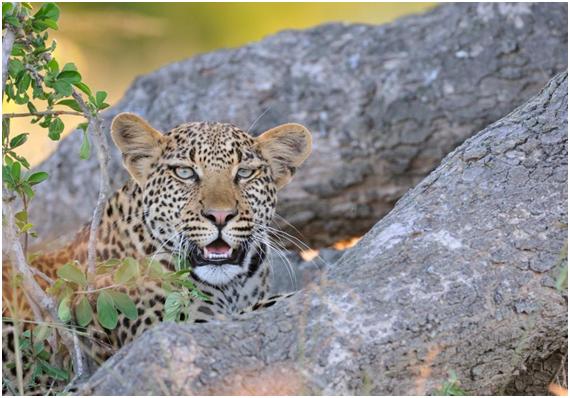Botswana and South Africa March 2012
PART 1: KALAHARI PLAINS
For this trip I was fortunate enough to tag along with a good friend of mine, Adam Traweek, and some of his family on their first trip to Africa. In all there were 9 of us. It was quite a bit of fun being able to see first-hand how they enjoyed themselves. Being the experienced Africa traveler also allowed me to let them know a little bit of what to expect from many of the camps and throughout a lot of the traveling but, as usual, I wound up learning my fair share of facts and information along the way as well. All in all the combination of traveling with a good friend and getting to know his family (a great group of people) and visiting all these great camps made this one of my favorite safaris to date.
Kalahari Plains Camp
The first camp we stayed at was Kalahari Plains Camp, located in the Central Kalahari Game Reserve, one of the largest in the world. It’s a beautiful mostly raised camp with a great central meeting area and very nice tents. Each room is designed to let in some wind for the hot midday siestas and there are overhead fans as well. There is the option to have a bed setup on the roof and spend the night outside which is fun because I don’t know if you will find a better night sky. The entire camp is run on solar power, very fitting for a camp in the Kalahari.
Our first morning game drive was very cool, the temperature really varies greatly from the morning to the afternoon and then once again during the evening. Like we say, always bring some warm clothes. The green season does wonders for the Kalahari and just a little bit of rain goes a long way. Foliage is plentiful and lively and this brings in a good amount of plains game, the most common being oryx and springbok with the occasional wildebeest.
As cool as it gets in the morning it gets quite hot in the afternoons. In order to combat this, take a dip in the pool. The water actually comes from the ground nearby and because of this it is quite salty but really not a big issue. Great way to cool down before a quick nap and the evening activity.
One activity that is a must when staying at Kalahari Plains Camp is the Bushman walk. Typically it is an evening activity where you go on a short walk close to camp with an authentic bushman who takes you through some of his daily routines. This was really fantastic and kept us all interested from the very start all the way through. Seeing all the tools they make, what they make them from, how they might make a small animal trap or dig for a scorpion is fascinating. The thought of carving out a living in such a desolate and dangerous area is almost impossible to comprehend but these guys have done it for ages.
Grabbing a small snack before our game drive. Easy to eat too much, especially over the course of a long safari.
I have seen honey badgers before in Zambia but not during the daytime. This area is a great place to see them, even if they’re difficult to photograph.
PART 2: TUBU TREE CAMP
Our stay at Tubu Tree Camp was the highlight of the trip. It’s a really beautiful camp in a fantastic location in the Okavango Delta. The tents are a bit nicer than at Kalahari Plains, quite spacious with an indoor and outdoor shower. The central meeting area is raised and has, among other things, great bar area, a nice swimming pool in front of the bar, and a telescope useful for spotting game. If it is your cup of tea don’t hesitate to use the telescope for some star-gazing. We were able to spot 4 of Jupiter’s moons one night. The pool, along with some fans in all the rooms really helps combat the heat which can be a nuisance during the middle of the day. During the night it cools down and I had no trouble falling asleep. There is nothing like a long day full of game drives and good food to put you in the mood for sleep.
The variation between the open grassy plains of the Kalahari is really stunning. The Delta in the green season is the picture of life, and although it makes some animals more difficult to spot they are still found in great abundance. For instance, most everyone wants to see the predators and the tough to spot animals but sometimes it is great fun to just sit back and watch a troupe of baboons go about their business for a while. They are truly endlessly interesting. Luckily for those visiting Tubu, chances are they will have the opportunity to do both. We had been cruising up and down near the runway since there was evidence of recent leopard activity and it had in fact been the last place one was spotted. It took us a little while but we managed to track her down. It is always exciting to come across such a special animal and I must say this was one of if not the best leopard viewing ever for me personally. She was laying out right in the open taking a nap and was not in the least bit upset by the presence of our vehicles. As the evening closed in on us she shook off the sleep and made her way slowly into the bush to begin the nights stalk. Since there really aren’t any other predators around in this area of the Delta the concentration of leopards is really through the roof and if you want to see this cat, Tubu is absolutely the place to be.
As a bit of a side note, be advised that there are certain special customs you will likely encounter while in Botswana. One of these is that on a single day of the week whichever camp you are in will serve a traditional dinner with traditional songs and dances for the guests. We happened to be in Tubu when that day fell. In addition, during this day it is customary for the women (including guests) to serve the first portion to the men. This is a really fun tradition that makes for a lively evening and the food, which is always fantastic, is especially delicious on these days. The food usually consists of local vegetables, a beef dish, and cooked cornmeal which is really the staple dish not only of Botswana but many southern African countries.
Of course no trip to the Okavango Delta is complete without a mokoro outing. We had a nice morning trip around a few islands close to camp and were lucky enough to see a large herd of elephant cross from one island to another. We also got a good look at a small pod of hippo and overall the experience is pretty special being out in that clear water sitting back while your guide does all the heavy lifting. For our evening activity we decided to go check out some of the giant Baobabs in the area. It was strange for me to see them during the green season since I have become accustomed to the iconic “upside-down” root look of the tree when it is leafless. We spent quite a bit of time at Harry’s Baobab, the largest and oldest in the area. On our return trip we got a decent glimpse of a large male leopard who is apparently notoriously shy. He must have known what was coming because he didn’t stick around too long and shortly after he disappeared into the bush we were hit with our first rains. It wasn’t a huge storm and it did not last very long so not an enormous inconvenience but that is the risk you take sometimes with the green season.
The highlight of our final game drive was seeing a third leopard actually in the process of stalking some impala as we drove it. Unfortunately for her the impala must have gotten her scent because shortly after we arrived they started their alarm calls and were frantically looking in her direction. Knowing that the gig was up she scurried away to find some more unassuming prey. We were able to follow her for a period but eventually when a leopard wants to disappear it disappears. Before we took off for our final camp we got a great little behind the scenes tour of Tubu. Included in this was a look in the kitchen and storage rooms, a trip to the generator, a look at the water supply and the staff village. We got to see some of the enormous trucks they use to haul supplies and heard stories about what a tough trip it can be, especially when the water levels are still high. Imagine being stranded in your vehicle in the middle of the Okavango for a couple of days! These experiences are just a fraction of our time at Tubu and it really is a must visit destination not only in the Okavango but Botswana in general.
Before one activity we were given a small basket weaving tutorial from some kind members of the camp staff. These women spend a lot of their free time making these baskets and it helps supplement their income.
PART 3: SAVUTI
Tubu Tree Camp
Our stay at Tubu Tree Camp was the highlight of the trip. It’s a really beautiful camp in a fantastic location in the Okavango Delta. The tents are a bit nicer than at Kalahari Plains, quite spacious with an indoor and outdoor shower. The central meeting area is raised and has, among other things, a great bar area, a nice swimming pool in front of the bar, and a telescope useful for spotting game. If it is your cup of tea don’t hesitate to use the telescope for some star-gazing. We were able to spot 4 of Jupiter’s moons one night. The pool, along with some fans in all the rooms really helps combat the heat which can be a nuisance during the middle of the day. During the night it cools down and I had no trouble falling asleep. There is nothing like a long day full of game drives and good food to put you in the mood for sleep.
The variation between the open grassy plains of the Kalahari is really stunning. The Delta in the green season is the picture of life, and although it makes some animals more difficult to spot they are still found in great abundance. For instance, most everyone wants to see the predators and the tough to spot animals but sometimes it is great fun to just sit back and watch a troupe of baboons go about their business for a while. They are truly endlessly interesting. Luckily for those visiting Tubu, chances are they will have the opportunity to do both. We had been cruising up and down near the runway since there was evidence of recent leopard activity and it had in fact been the last place one was spotted. It took us a little while but we managed to track her down. It is always exciting to come across such a special animal and I must say this was one of if not the best leopard viewing ever for me personally. She was laying out right in the open taking a nap and was not in the least bit upset by the presence of our vehicles. As the evening closed in on us she shook off the sleep and made her way slowly into the bush to begin the nights stalk. Since there really aren’t any other predators around in this area of the Delta the concentration of leopards is really through the roof and if you want to see this cat, Tubu is absolutely the place to be.
As a bit of a side note, be advised that there are certain special customs you will likely encounter while in Botswana. One of these is that on a single day of the week whichever camp you are in will serve a traditional dinner with traditional songs and dances for the guests. We happened to be in Tubu when that day fell. In addition, during this day it is customary for the women (including guests) to serve the first portion to the men. This is a really fun tradition that makes for a lively evening and the food, which is always fantanstic, is especially delicious on these days. The food usually consists of local vegetables, a beef dish, and cooked cornmeal which is really the staple dish not only of Botswana but many southern African countries.
Of course no trip to the Okavango Delta is complete without a mokoro outing. We had a nice morning trip around a few islands close to camp and were lucky enough to see a large herd of elephant cross from one island to another. We also got a good look at a small pod of hippo and overall the experience is pretty special being out in that clear water sitting back while your guide does all the heavy lifting. For our evening activity we decided to go check out some of the giant Baobabs in the area. It was strange for me to see them during the green season since I have become accustomed to the iconic “upside-down” root look of the tree when it is leafless. We spent quite a bit of time at Harry’s Baobab, the largest and oldest in the area. On our return trip we got a decent glimpse of a large male leopard who is apparently notoriously shy. He must have known what was coming because he didn’t stick around too long and shortly after he disappeared into the bush we were hit with our first rains. It wasn’t a huge storm and it did not last very long so not an enormous inconvenience but that is the risk you take sometimes with the green season.
The highlight of our final game drive was seeing a third leopard actually in the process of stalking some impala as we drove it. Unfortunately for her the impala must have gotten her scent because shortly after we arrived they started their alarm calls and were frantically looking in her direction. Knowing that the gig was up she scurried away to find some more unassuming prey. We were able to follow her for a period but eventually when a leopard wants to disappear it disappears. Before we took off for our final camp we got a great little behind the scenes tour of Tubu. Included in this was a look in the kitchen and storage rooms, a trip to the generator, a look at the water supply and the staff village. We got to see some of the enormous trucks they use to haul supplies and heard stories about what a tough trip it can be, especially when the water levels are still high. Imagine being stranded in your vehicle in the middle of the Okavango for a couple of days! These experiences are just a fraction of our time at Tubu and it really is a must visit destination not only in the Okavango but Botswana in general.



